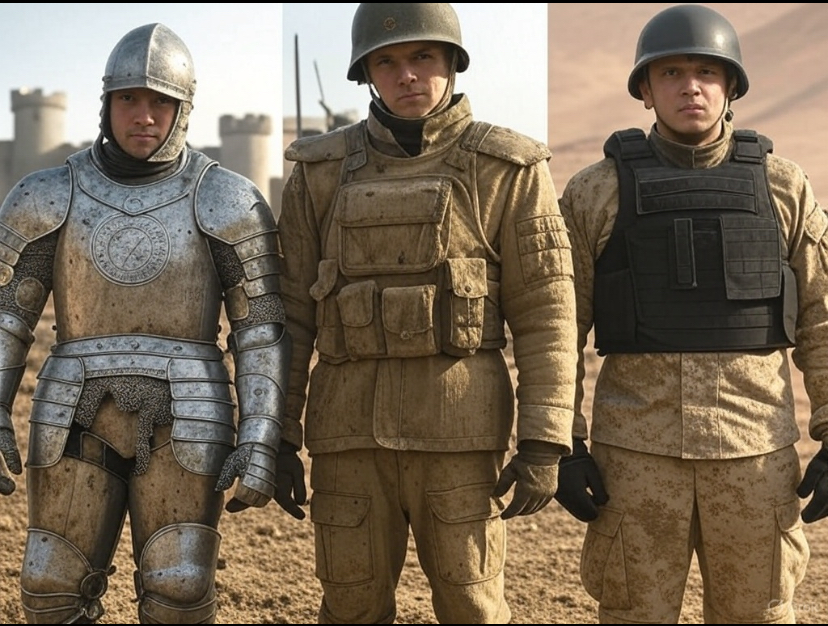Understanding the Different Types of Body Armor: A Comprehensive Guide
March 26, 2025Body armor has a long history, dating back thousands of years, evolving from simple protective gear to the advanced, high-tech materials we use today. The development of body armor has been driven by the need for protection against weapons in various forms, from bladed weapons to firearms.
The earliest forms of body armor appeared in ancient civilizations. In Mesopotamia and Egypt around 3000 BCE, warriors used simple leather and bronze plates to protect themselves in battle. These materials were effective against cutting weapons but were limited in their ability to protect against more powerful weapons, such as arrows or later, firearms.
In ancient Greece and Rome, armor became more advanced. The Greeks used bronze or iron cuirasses, which were chest and back pieces designed to protect vital organs. Roman soldiers wore lorica segmentata, a type of armor made from metal strips that provided excellent protection and flexibility. The design of these armors was continuously refined, offering increased protection against slashes and thrusts.
During the Middle Ages, armor saw significant advancements, driven by the use of heavier and more powerful weapons like swords and lances. Knights in Europe wore full suits of plate armor made from steel, designed to protect them against blows and projectiles. The armor was crafted to fit the body closely and was often decorated to display wealth and status. This period also saw the use of chain mail, a type of armor made from interwoven metal rings, which was lighter and more flexible than plate armor.
With the advent of firearms in the 16th century, the effectiveness of traditional armor was challenged. Early firearms, such as muskets, could easily pierce through the metal plate armor, rendering it obsolete for most soldiers on the battlefield. However, during this period, armor was still used in some specialized forms, such as for cavalry or for ceremonial purposes.
In the 20th century, the rise of modern warfare and the invention of automatic weapons necessitated the development of new types of body armor. The first significant breakthrough came in World War I, when soldiers began wearing steel helmets and other protective gear to guard against shrapnel. This trend continued in World War II, with the introduction of more advanced helmets and flak jackets, which offered protection against shrapnel and small-caliber bullets.
The late 20th century saw the introduction of synthetic materials, leading to the development of modern ballistic vests. In the 1970s, the invention of Kevlar by DuPont revolutionized body armor, creating a lightweight, flexible material that could absorb and dissipate the energy from bullets. Kevlar vests, which were capable of stopping handgun rounds and some rifle rounds, became standard issue for police and military personnel.
In the 21st century, body armor has continued to evolve with advancements in materials and technology. Modern vests are made of ultra-strong synthetic fibers such as Dyneema and Spectra, which are lighter and stronger than Kevlar. These materials offer superior protection while maintaining mobility and comfort. Additionally, armor has become more specialized, with options for different threats, such as rifle plates that provide protection against high-powered rifle rounds. Modern body armor also integrates technology, with some designs including sensors and communication systems to enhance the wearer’s situational awareness.
Today, body armor is used not only by military personnel but also by law enforcement officers, security professionals, and even civilians. The ongoing development of body armor technologies continues to balance the need for protection, weight, and comfort. While body armor has come a long way from its ancient beginnings, it remains a crucial component of personal safety in high-risk environments.


